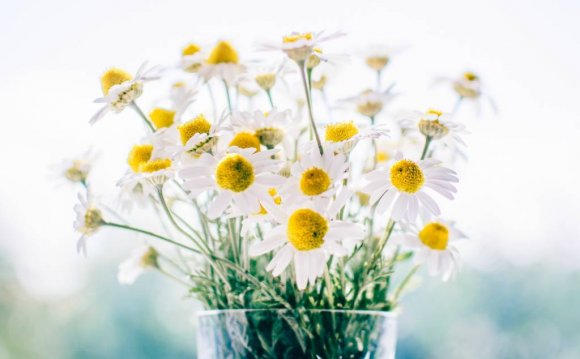
Vata governs all movement in the mind and body. It controls blood flow, elimination of wastes, breathing and the movement of thoughts across the mind.
Since Pitta and Kapha cannot move without it, Vata is considered the leader of the three Ayurvedic Principles in the body. It's very important to keep Vata in good balance.
Vata dosha governs flow and motion in the body. Answer these questions to see if you need to balance Vata.
- Is your skin dry, rough, thin?
- Are you underweight?
- Is your mind constantly in a whirl?
- Do you worry incessantly?
- Are you constantly restless or agitated?
- Do you experience constipation?
- Do you suffer from insomnia?
- Do you suffer from vaginal dryness?
- Do you have spells of forgetfulness?
- Do you experience discomfort in the joints?
- Are you easily fatigued?
If you answered yes to most of these questions, you need to balance Vata.
Tips for Balancing Vata
- All Vata products: drink Organic Vata Tea and season meals with Organic Vata Churna; diffuse Calming Vata Aroma Oil in the environment.
- Warm temperatures.
- Warm, cooked foods (less raw foods).
- Early bedtime, lots of rest.
- Favor warm, oily, heavy foods and sweet, sour, and salty tastes.
- Reduce light, dry, cold foods and pungent, bitter and astringent tastes.
- Regular daily routine.
- Avoid stimulants.
- Regular, daily elimination.
- Stay warm in cold, windy weather.
Vata-Pacifying Diet
- Eat larger quantities of food, but not more than you can digest easily.
- Dairy. All dairy products pacify Vata. Always boil milk before you drink it, and drink it warm. Don't drink milk with a full meal.
- Sweeteners. All sweeteners are good (in moderation) for pacifying Vata.
- Grains. Rice and wheat are very good. Reduce intake of barley, corn, millet, buckwheat, rye and oats.
- Fruits. Favor sweet, sour, or heavy fruits, such as oranges, bananas, avocados, grapes, cherries, peaches, melons, berries, plums, pineapples, mangos and papayas. Reduce dry or light fruits such as apples, pears, pomegranates, cranberries, and dried fruits.
- Vegetables. Beets, cucumbers, carrots, asparagus and sweet potatoes are good. They should be cooked, not raw. The following vegetables are acceptable in moderate quantities if they are cooked, especially with ghee or oil and Vata-reducing spices: peas, green leafy vegetables, broccoli, cauliflower, celery, zucchini and potatoes. It's better to avoid sprouts and cabbage.
- Spices. Cardamom, cumin, ginger, cinnamon, salt, cloves, mustard seed and small quantities of black pepper are acceptable.
- All nuts are good.
- Beans. Reduce all beans, except for tofu and mung dahl.
- Oils. All oils reduce Vata.
Vata Governs
Prana Vata: The senses, creative thinking, reasoning, enthusiasm, leader of all 15 categories of Vata, Pitta and Kapha.
Udana Vata: Quality of voice, memory, movements of thought.
Samana Vata: Movement of food through digestive tract.
Apana Vata: Elimination of wastes, sexual function, menstrual cycle.
RELATED VIDEO

![Série "Ayurveda": Vata Dosha [03], por Tiago Namastê](/img/video/srie_ayurveda_vata_dosha_03_por.jpg)










